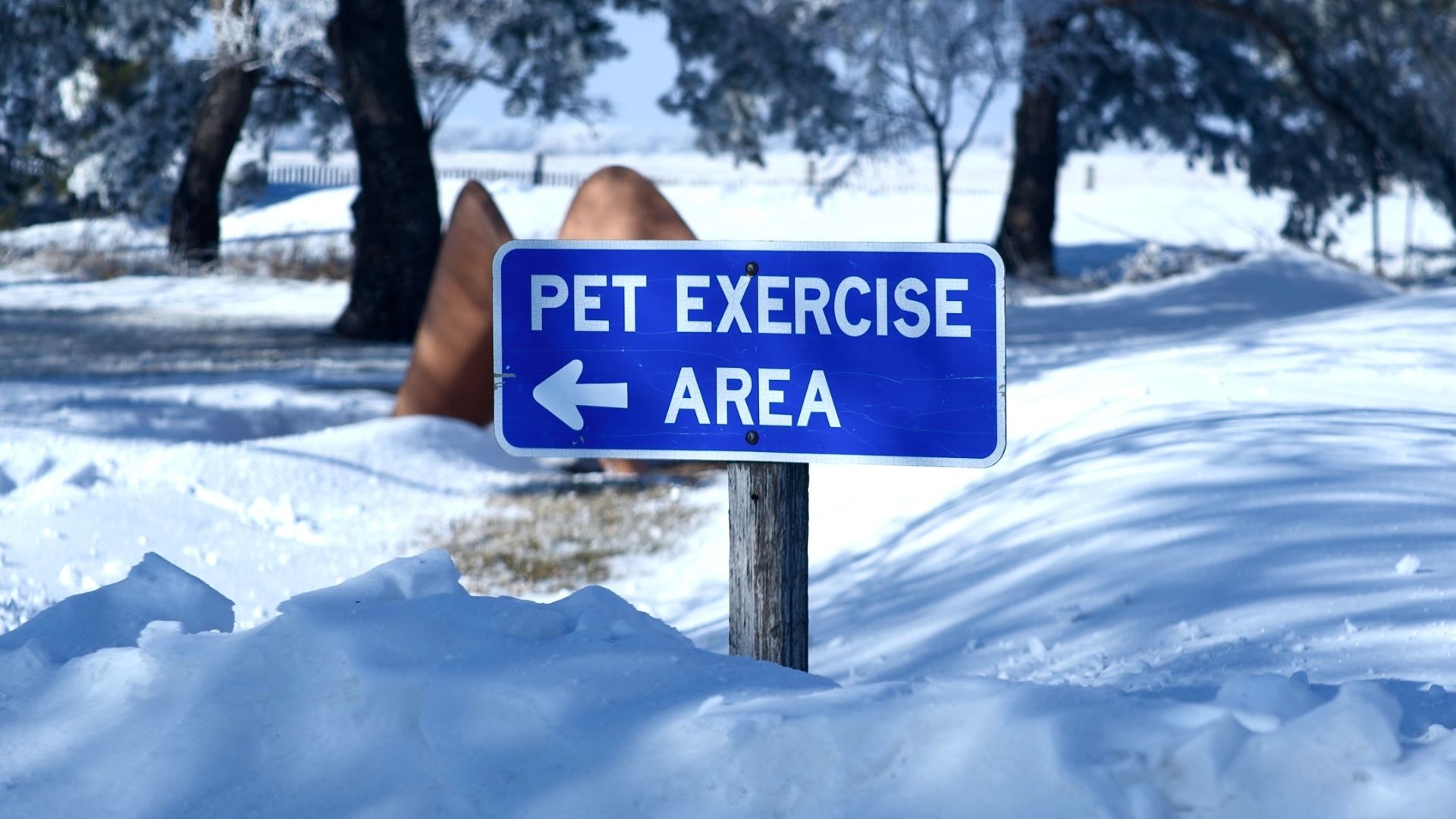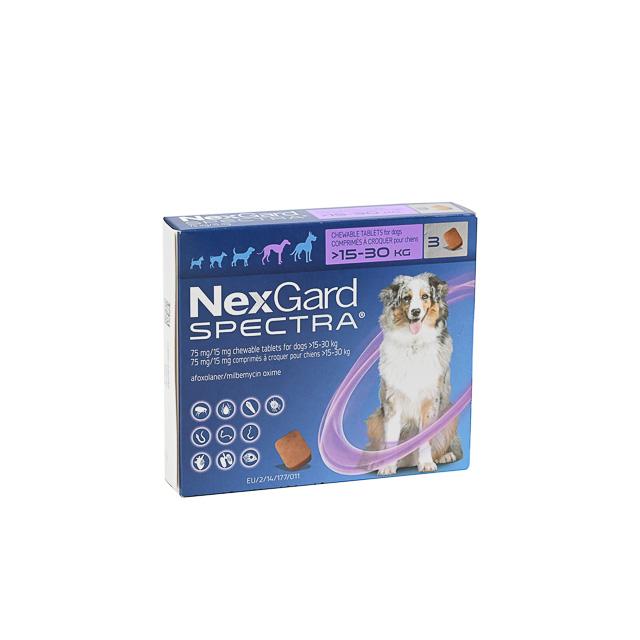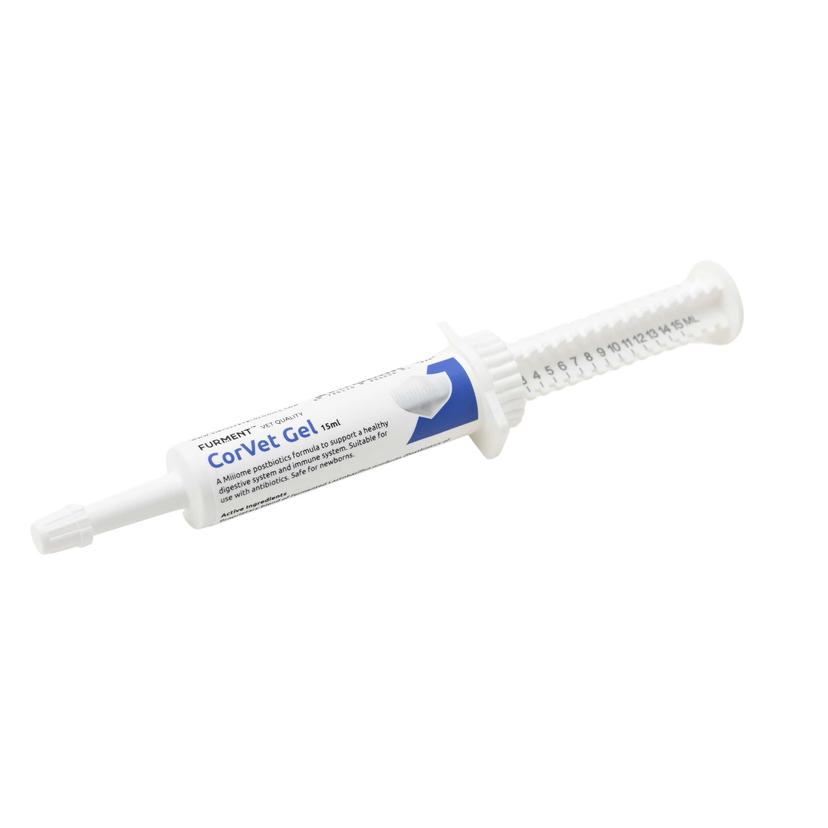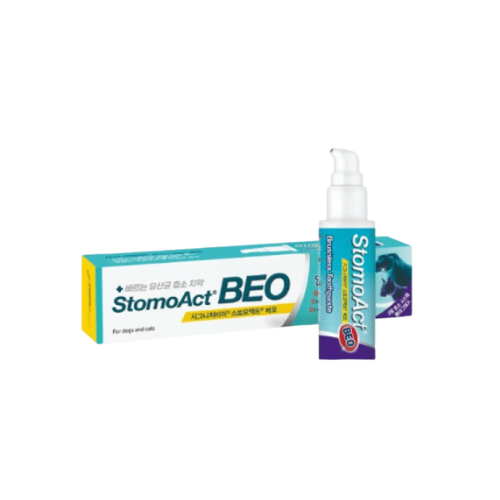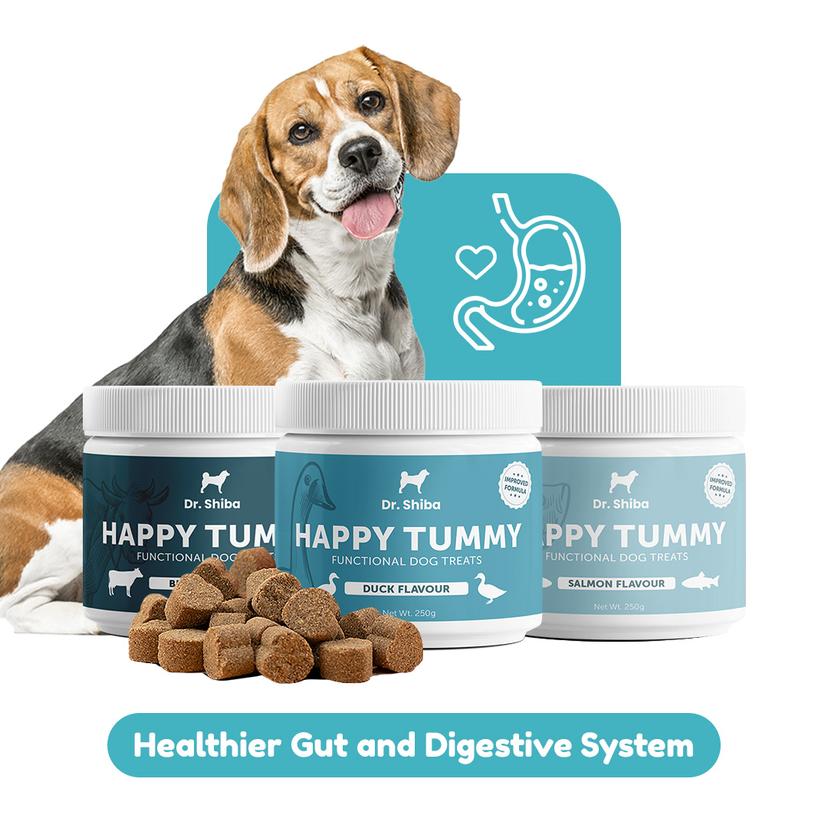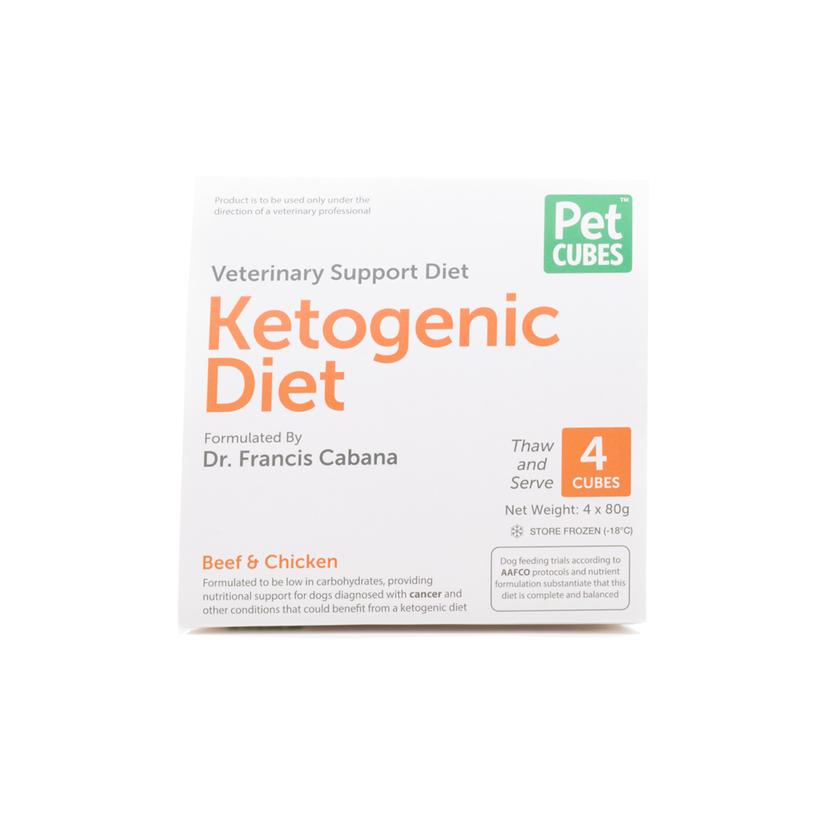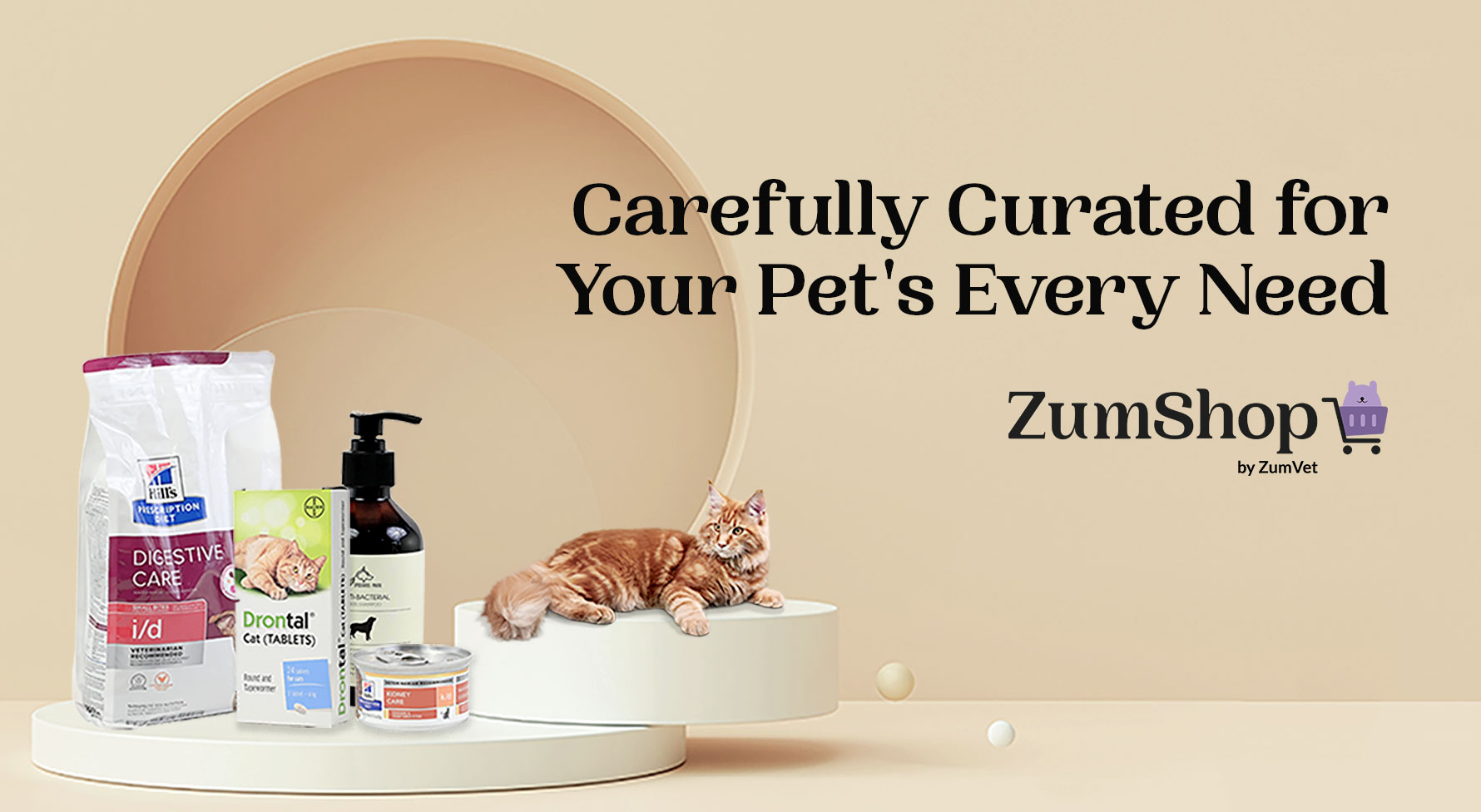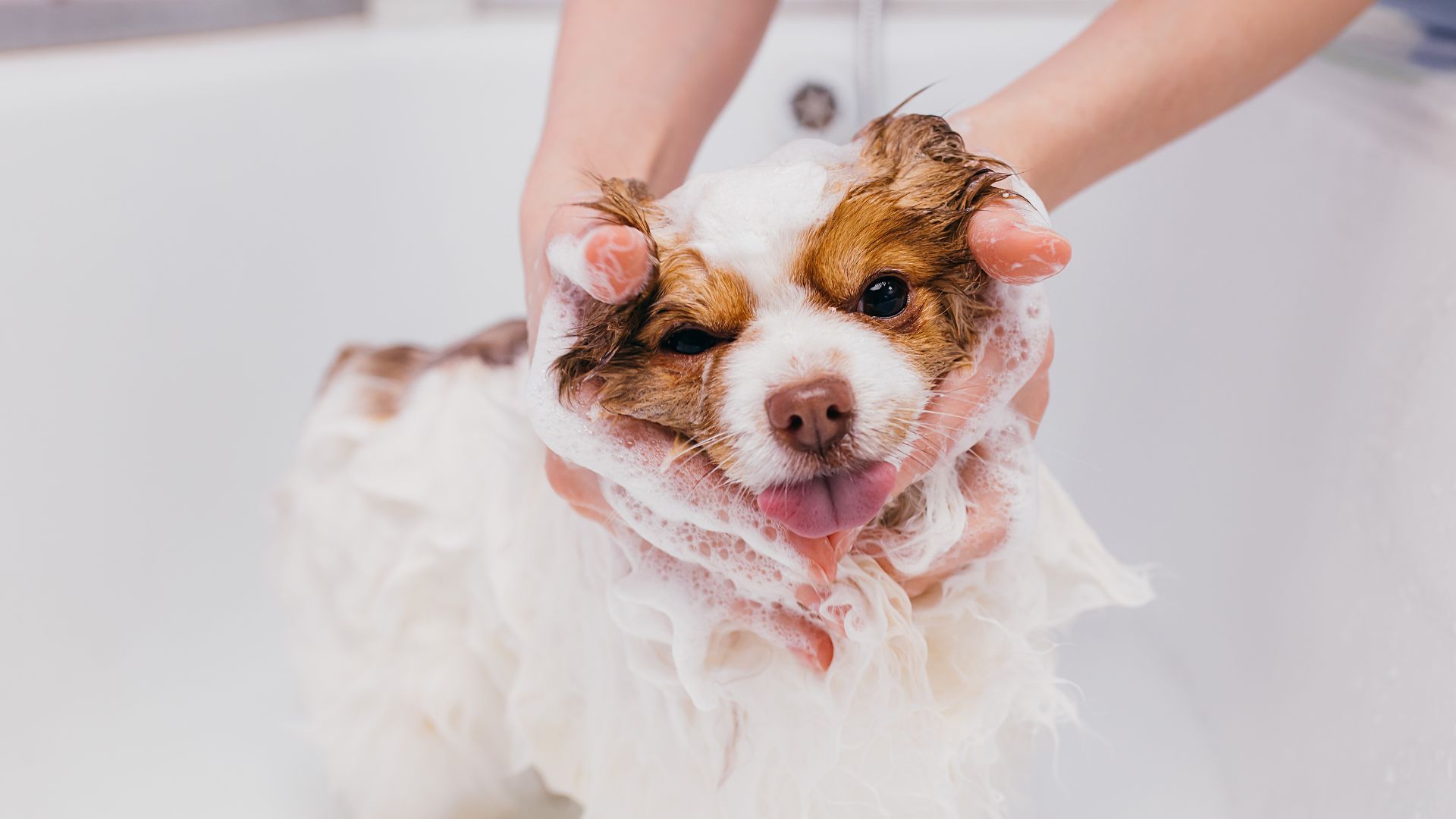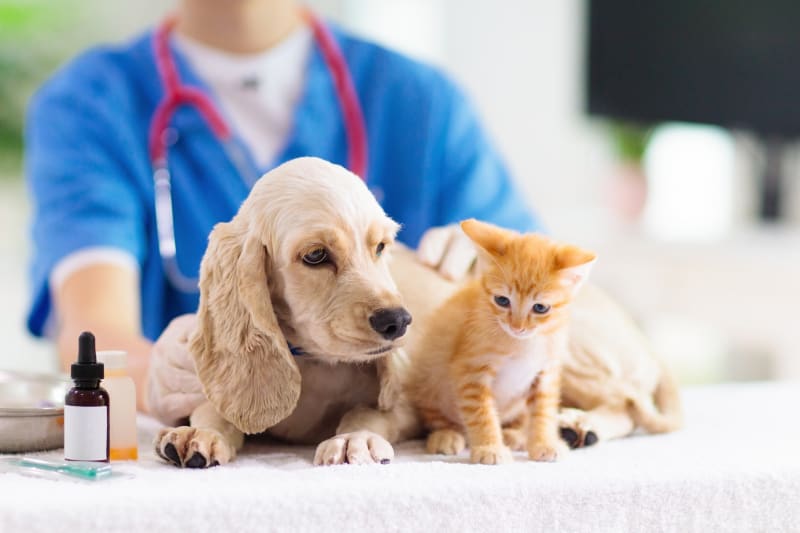Importance of exercise for your pet
Ensuring regular exercise for pets is essential for their overall health and well-being.
Dogs benefit significantly from exercise, as it aids in maintaining fitness, averting obesity, and promoting muscle strength. The necessary exercise amount fluctuates depending on factors like breed, age, and size. Activities like daily walks, playful sessions, and interactive activities such as fetching or agility training fulfill their exercise needs while providing mental stimulation.
Similarly, cats also require exercise to manage weight and ward off boredom-induced problems. Engaging cats with play sessions and interactive toys not only helps in weight management but also prevents issues arising from monotony.
Ultimately, exercise holds immense significance for pets, enhancing their cardiovascular health, curbing stress, and contributing to a livelier and healthier lifestyle. It is necessary to have consistent exercise routines incorporated into their daily lives.

How long should I exercise my pet?
The amount of exercise your pet needs varies based on their age, breed, size, and health condition.
Generally, dogs require daily walks or active play sessions to keep them mentally and physically healthy. Small breeds may need around 30 minutes to an hour of exercise, while larger or more active breeds might need more, sometimes up to 2 hours per day. Puppies need shorter bursts of play but more frequent sessions to support their growth and development.
Cats also benefit from regular exercise, with play sessions ranging from 10 to 30 minutes multiple times a day, adjusting based on their energy levels and age. It’s crucial to tailor exercise routines to your pet’s individual needs, ensuring they stay active and happy while avoiding overexertion or inactivity-related health issues.
Consulting with a veterinarian can help determine the right exercise regimen for your furry friend. At ZumVet, our professional veterinarians can assist you in creating the health routine for your pet, from a tailored exercise routine, to nutritional pet meals.
What kind of exercise is suitable for my pet?
Canine
Playful Activities for Puppies and Small Dogs:
Puppies and small dogs thrive on playful exercises that cater to their size and energy levels. Short walks, interactive games like fetch or tug-of-war with soft toys, and obstacle courses tailored for their small stature are perfect. Engaging in gentle activities that promote socialization, like puppy playdates, aids in their development.
Structured Physical Activities for Adult Dogs:
Adult dogs benefit from structured exercises that maintain their fitness. Regular walks, jogging, or hiking sessions suit their energy levels. Engage them in obedience training, agility courses, or playing frisbee to stimulate their minds and keep them physically active.
Low-Impact Exercises for Mature Dogs:
Older dogs may require gentler exercises that are easy on their joints. Shorter, leisurely walks are beneficial for maintaining mobility. Swimming or hydrotherapy can be excellent low-impact exercises to keep their muscles active while being gentle on their aging bodies. Engaging in mental stimulation through interactive games or puzzles is also helpful for cognitive health.
Customizing exercise routines according to your dog’s age and physical condition ensures they stay healthy, happy, and active throughout their various life stages. Always consider your dog’s comfort and well-being when choosing suitable exercises.
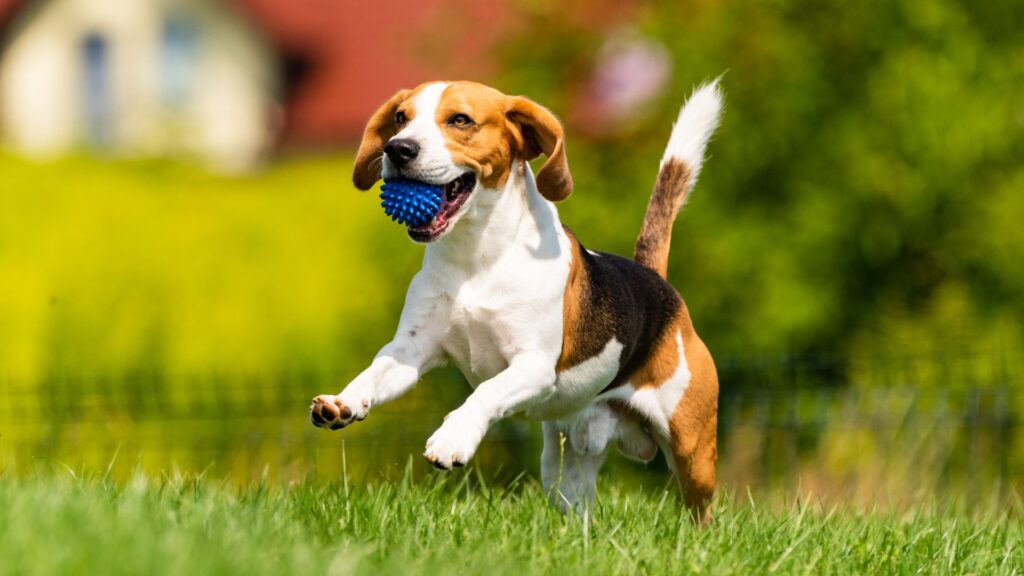
Feline
Playful Adventures for Kittens:
Kittens are bursting with energy and curiosity. Engaging them in interactive play with feather toys, string toys, or small balls allows them to pounce, chase, and leap, satisfying their playful instincts. Climbing structures or scratching posts also provide both physical activity and mental stimulation for their developing minds.
Structured Play for Adult Cats:
Adult cats still enjoy playful activities but might prefer structured routines. Toys that encourage hunting behavior like laser pointers or puzzle feeders engage their minds and bodies. Incorporating short bursts of active play, such as chasing toys or climbing cat trees, helps maintain their agility and prevent weight gain.
Gentle Exercises for Mature Cats:
Mature cats tend to slow down, so gentle exercises like short play sessions with softer toys or slower-paced activities suit them better. Encourage movement with low-impact games like gentle tossing or rolling toys. Additionally, ensuring easy access to comfortable resting spots and providing mental stimulation through interactive games can support their overall well-being.
Adapting exercise routines to suit the age and energy level of your cat helps keep them active, healthy, and content throughout their life stages.
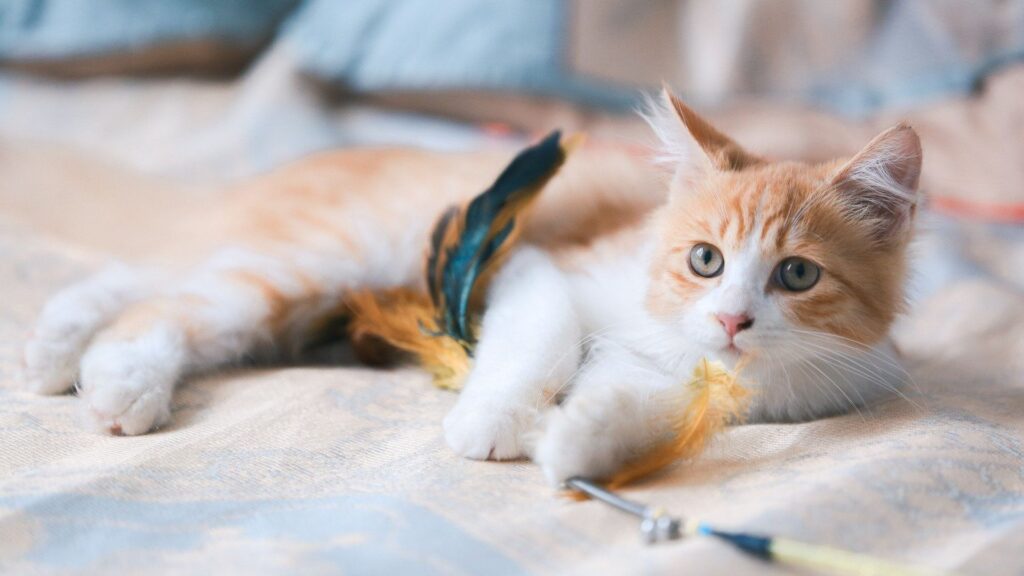
Living life to the fullest
Exercise isn’t just a routine for pets; it’s their ticket to a vibrant life. It’s the key to their health, happiness, and longevity. Exercise place a crucial role in pet health. It’s not only about keeping them physically active but also mentally stimulated. Engaging in regular activities tailored to their needs ensures they thrive, keeping them energetic and content throughout their lives. Because for our furry friends, staying active isn’t just a task—it’s their way of living life to the fullest.


